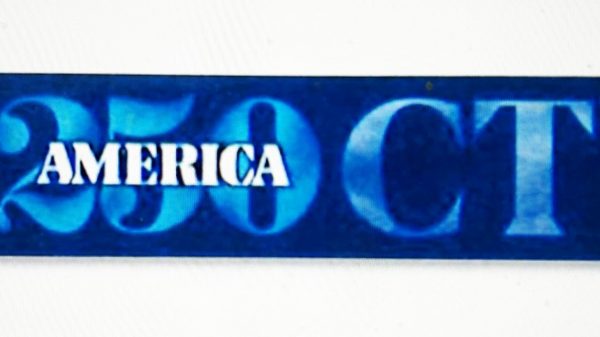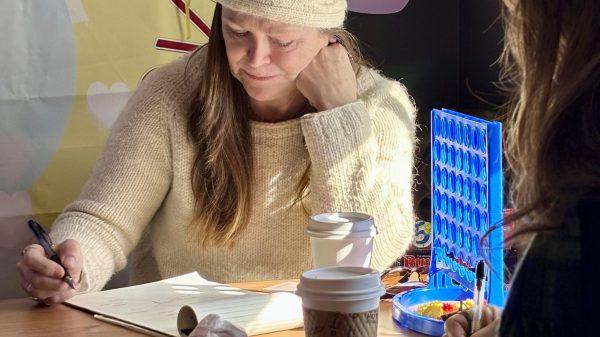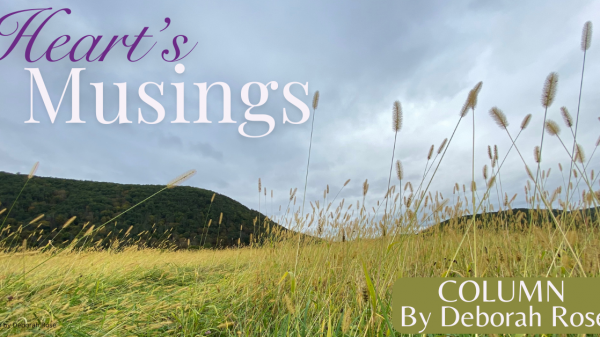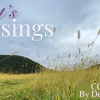KENT – A dozen volunteers and staff gathered April 20 to continue removing invasive species of plants from the Claire Murphy Riverwalk trail. They were happy to have one native plant expert on hand, who encouraged them to preserve native plants.

Heather Liljengren of Washington jumped in to get her hands dirty removing Japanese Honeysuckle from next to the Housatonic River. The land trust has been trying to eradicate a number of different invasive plants that like to fill in next to the water.
Liljengren,a botanist, has a business, Local Land Consulting, and she’s working closely with The Fen and Lindera Nursery in Sharon, a nursery specializing in seed collection and native plant propagation.
KLT is working with Liljengren to allow her to collect seeds to propagate native plant species from the land trust preserves.
“She will propagate those seeds and those are the ones that are most appropriate to our area,” KLT Executive Director Connie Manes said. She pointed out a variety of plants that the land trust has planted already, including silky dogwood and red raspberries. Anyone walking the trail will notice small colorful yellow flags planted and these are highlighting areas where plants will be popping up.
“It is painstaking work,” Manes said of the removal of invasives and then planting of native species.

“You have to keep at it for several years,” Manes said. “But you can get ahead of it. You just have to be persistent, not just for one year but several years.”
She pointed out that when invasives are cleared out, it requires follow up.
“You’re basically opening up the seed bed to see what will come up. Last year they began the work to clear out Privet to be able to see the Housatonic River and let beneficial species grow. That work continued during the work day.
Japanese Honeysuckle, an invasive vine, was one thing being ripped out to allow the Golden Alexanders with small yellow flowers to flourish, along with Bloodroot.

A little bit farther north on the trail, board member Darrell Cherniske was busy at the river’s edge ripping out vines.

“Last year we did quite a bit of the large privet removal and we’re discovering there are quite a bit of beneficial plants growing because of it. That is the second phase of invasive removal,” Cherniske said.
He was excited to have the expertise of Liljengren at the event. The native seeds from the local region have beneficial traits by virtue of growing up around here, Cherniske said.
“Local genetics are so important in Eco region 58. The northwest corner is so vastly different than the rest of Connecticut. Eco region 58 goes all the way to Maine and we should celebrate that diversity,” said Liljengren.
“I am looking to use the natural landscape as our mirror,” she said.




























